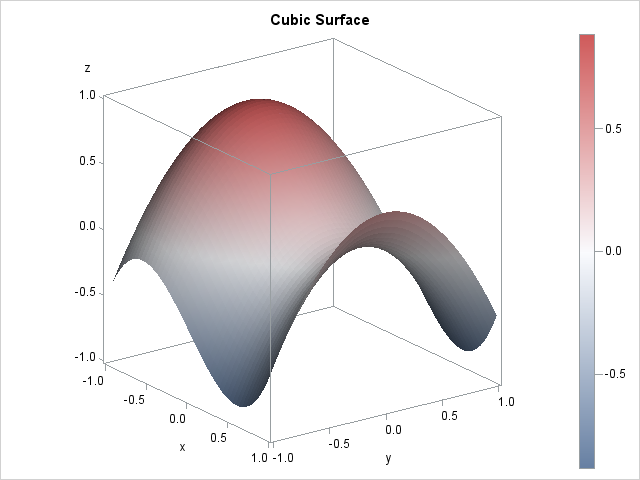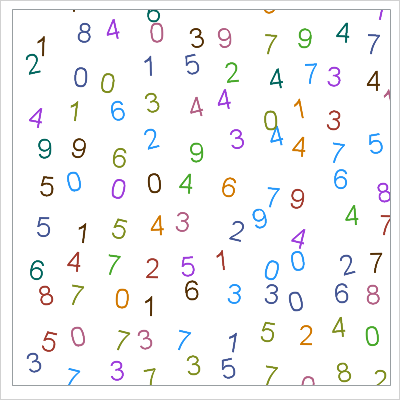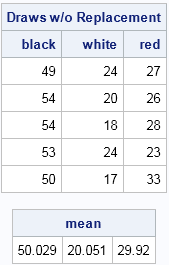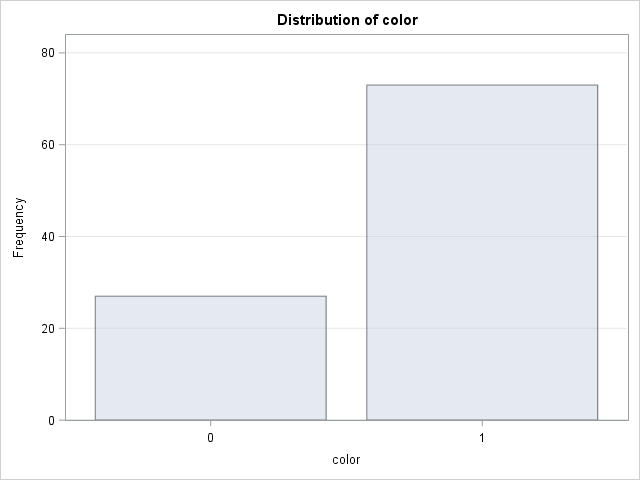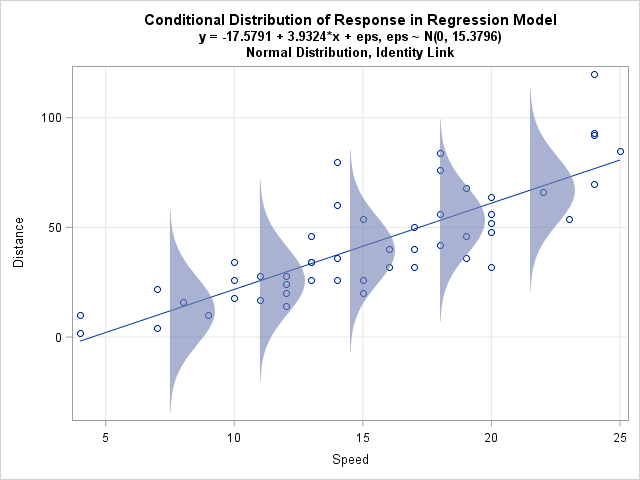
When modeling and simulating data, it is important to be able to articulate the real-life statistical process that generates the data. Suppose a friend says to you, "I want to simulate two random correlated variables, X and Y." Usually this means that he wants data generated from a multivariate distribution,


